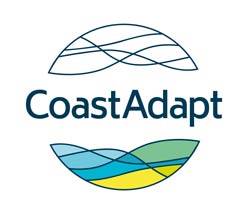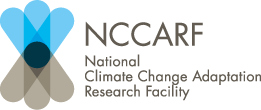You are here
Search
Showing 1 - 10 of 267 items
-
CCADS Page
A key component of adaptation planning is to clarify your objectives and to understand how climate change is likely to affect you, your organisation and its stakeholders.
-
Web page
Any decisions made by coastal managers that involve climate change run the risk of a legal challenge.
-
Web page
Oceans absorb a substantial proportion of the CO2 emitted into the atmosphere by human activities, with potentially negative effects on shell-forming organisms
-
Web page
Australian coastal zones are likely to experience the full range of direct and indirect climate change impacts.
-
CCADS Page
Assessing risks and vulnerabilities to climate change will help to create a risk register to support identifying and planning adaptation options.
-
Web page
Effective business plans for climate adaptation are essential to ensure organisational support, access to required resources, and ultimately for achieving action. Successful business cases rely on properly structured and informed documents, and also on adopting a strategic approach to progress the business case through your organisation.
-
Web page
Climate and sea levels change over timescales from decades to millions of years, in response to a number of forcings of which anthropogenic climate change is one.
-
Web page
Adaptation is defined by the Intergovernmental Panel on Climate Change as ‘the process of adjustment to actual or expected climate and its effects’.
-
Information manual
-
Web page
Coastal managers in the public and private sectors, including infrastructure providers, have responsibilities for adaptation to climate change and sea-level rise.
- 01 / 27
- next ›




